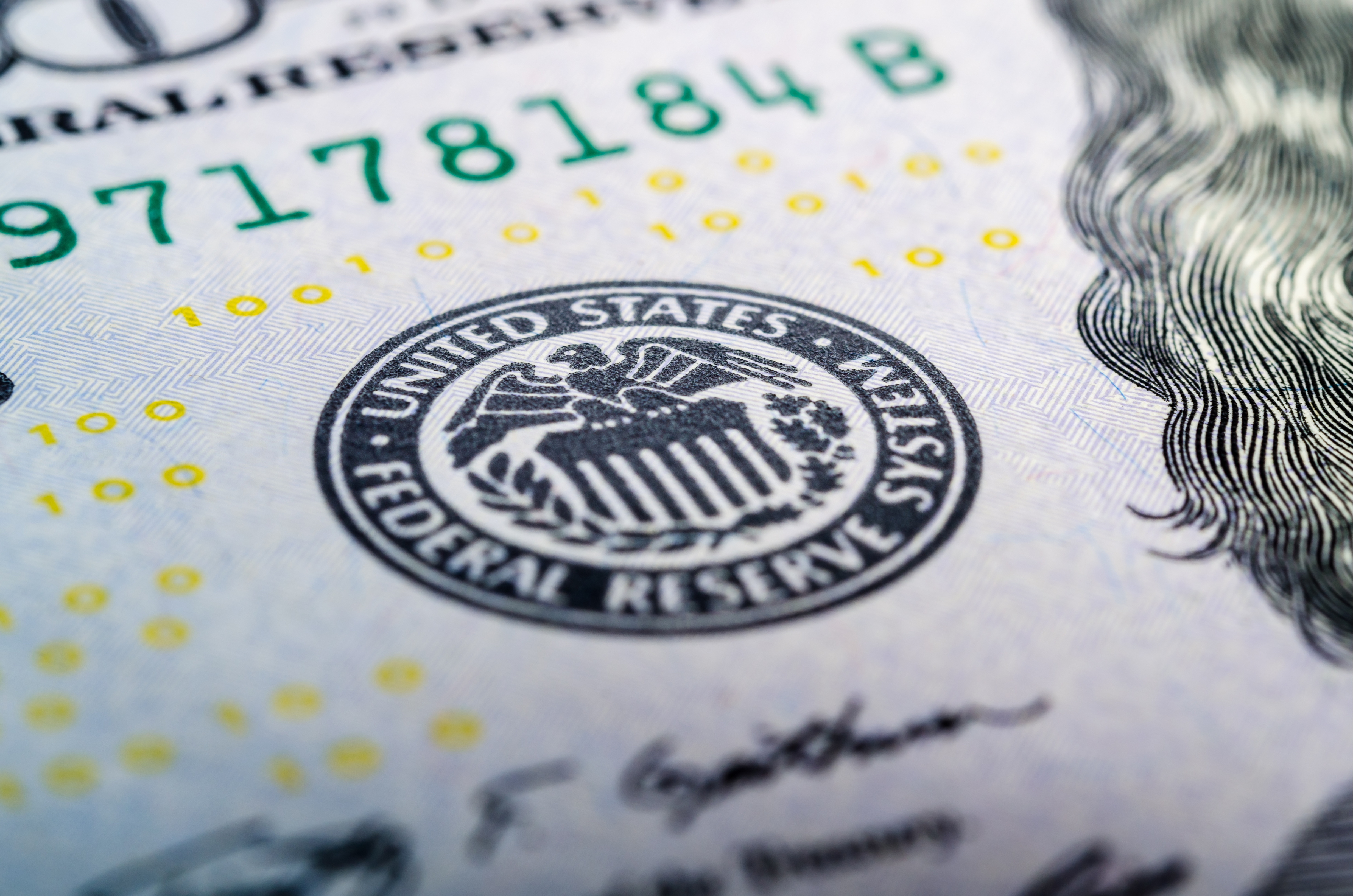NFT Collection The Superlative Secret Society Price, Stats, and Review
Babylon Labs joins forces with Fiamma to unlock Bitcoin DeFi
Donald Trump’s inauguration on January 20th: What it could mean for crypto
Nasdaq-listed Heritage Distilling adopts Bitcoin strategy
Bitcoin Has a High Probability of Reversing Upwards After Pullback, Says Crypto Analyst – Here’s Why
Bitcoin ETFs Turn 1: Here Are Multiple Milestones Recorded
Trump’s Pro-Crypto Stance Fuels Bull Run Frenzy for Lightchain AI, Ethereum, and Bitcoin Could Lightchain AI Hit a 1000x?
Nasdaq-listed Heritage Distilling introduces Bitcoin treasury plans
This is Your Last Chance to Join the Biggest Dogecoin Celebration and Make Big Gains Before Exchange Listings
How crypto plans to steal the spotlight at Trump’s inauguration
Privacy Shouldn't Be A Product, Stop Treating It Like One
What are the odds of a crypto crash right now?
Dogecoin Price Prediction: Can DOGE Touch $1 This Cycle? Analyst Forecasts When You Should Buy And Sell
Bitcoin Faces Major Deleveraging – Analyst Explains Price Crash Below $100K
Successful Trader Who Made $180M on Dogecoin in 2021 Shares New Crypto with 22,000% Potential Like DOGE
Kenya preparing to legalize crypto: report
XRP Price Momentum Slows as PropiChain Prepares for a 25,000x Breakout in Early 2025
Losses From Crypto Hacks and Scams Soar in 2024, Exceeding $3,010,000,000: Blockchain Security Firm
Uniswap Teams with Venmo NEAR Price Rises Investors Flock to Lightchain AI Presale in the January
Court Throws Out Welsh Bitcoin Miner’s Case To Recover BTC Hard Drive Worth $612,711,194 From Landfill: Report
XRP Price to Stall at $9 While Ripple Rival Gains Traction With a Predicted $1 From $0.01 by March
Rise of Lightchain AI- Understanding this Altcoin and Its Crypto Potential
Trader Turns $27 Into $52 Million With Pepe (PEPE); Could You Do The Same With Remittix (RTX)?
Is 1Fuel About to Take Stage Next To Rexas Finance & Jetbolt In 2025?
How Central Bankers Accidentally Printed Cryptocurrencies Against Themselves
The United States Federal Reserve this week said that it will start growing its balance sheet again in response to the rough couple of weeks that the overnight lending markets have experienced in September.
Fed Chairman Jerome Powell said in a statement:
As we indicated in our March statement on balance sheet normalization, at some point, we will begin increasing our securities holdings to maintain an appropriate level of reserves. That time is now upon us.
The Fed is yet to release details of how it plans to expand its asset holdings but expectations are that a significant Treasury bill purchase will feature. This opens the door for another interest rate cut — the third one of the year — later this month.

Quantitative Easing
While Powell insisted that the move shouldn’t be called a Quantitative Easing (QE) policy — which the central bank deployed to spur the U.S. economy during the 2008 financial crisis — one Wall Street analyst is adamant that “sure sounds like QE.”
QE is essentially the introduction of new money supply into an economy by a central bank. This typically involves the purchase of government securities — Treasury bonds, bills, and notes — or securities in the market. The goal is to lower the costs of money, which makes the terms of borrowing money more attractive to borrowers.
In Australia, the economy is reportedly slowing and consumer confidence is falling. The country is now contemplating a QE policy as well. Economists in the country are predicting that the Reserve Bank, Australia’s central bank, will deploy QE after interest rates in the country are but to 0.75 percent later this month.
In Europe, the European Central Bank, or ECB, resumed QE with a bond-buying program last month.

How QE Favors the Crypto Market
Following the Federal Reserve’s announcement pertaining to the expansion of its asset holdings, Bitcoin (BTC) prices jumped roughly 5.1 percent — with crypto enthusiasts saying the move is positive for crypto.
This is actually a deep point. QE was a zero sum redistribution of wealth from the people to the banks. But a small fraction of printed money found its way into VC, and a fraction of that went into crypto.
So the central bankers printed the currency with which to disrupt them. https://t.co/gDWDp0p9tY
— Balaji S. Srinivasan (@balajis) October 9, 2019
“I want to emphasize that growth of our balance sheet for reserve management purposes should in no way be confused with the large-scale asset purchase programs.”
-Jay Powell, todayBitcoin is an insurance policy against monetary & fiscal policy irresponsibility.
Welcome to QE4.
— Travis Kling (@Travis_Kling) October 8, 2019
QE makes the cost of money cheaper. The problem with a lower cost of money is that it makes certain investments less attractive to investors. For instance, during low-interest rate cycles, fixed income investors move from bonds to dividend stocks in search of better yields.
In addition, returns in the stock market tend to be weaker, depending on the magnitude of the interest rate cut. This could, theoretically, drive investors who seek growth to various alternative investment markets — including venture capital, where funds are likely to flow into the cryptocurrency space.
Also, there’s the likelihood of the growth funds finding its way to hedge funds, some of which may find that it’s a good time to invest in crypto.
What do you think about quantitative easing indirectly leading to increased investment in cryptocurrencies? Let us know in the comments below!
Images courtesy of Twitter, Shutterstock.
The post How Central Bankers Accidentally Printed Cryptocurrencies Against Themselves appeared first on BeInCrypto.